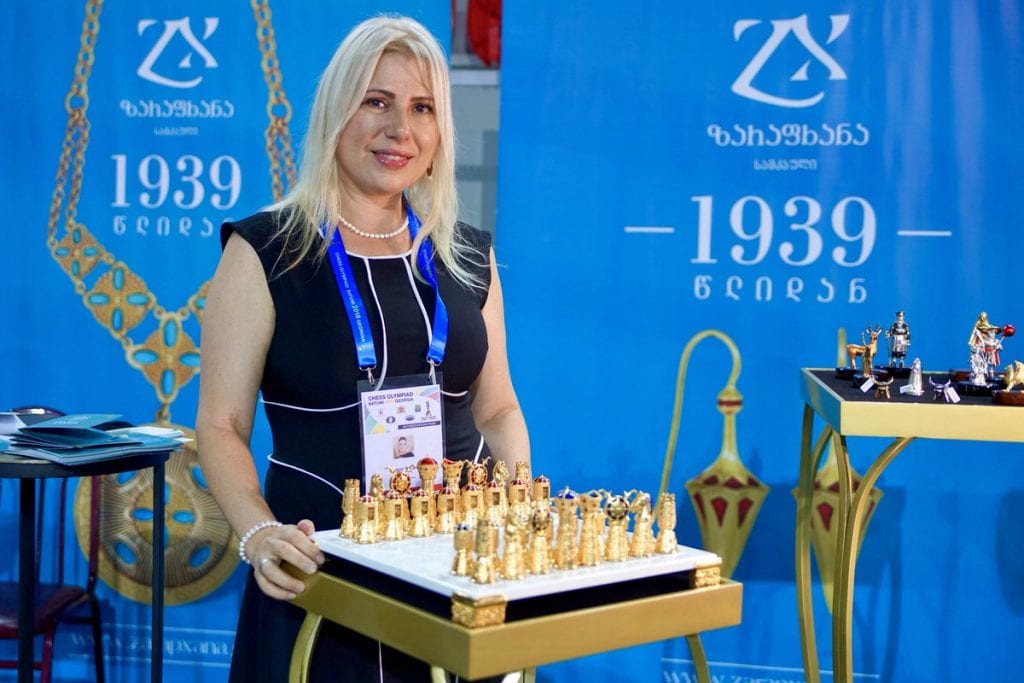Laszlo Polgar was a researcher from Hungary who studied intelligence and had a fascination with understanding geniuses. He had learned well over 400 prodigies and analyzed the common patterns. His study included people with the highest intellect, from Socrates to Einstein. He observed that all of them started at a very young age and practiced their skills to a depth.
Laszlo Polgar’s theory and experiment
Somewhere in the 1960s, Laszlo Polgar presented a theory that great performers are made and not born. He believed that he could raise a genius himself. When he tried to explain his intentions, the local government asked him to see a psychiatrist. But Laszlo remained undeterred, stood by his opinion, and made it his lifetime goal to confirm his theory.
To start, he needed a wife. In 1965, he started approaching women, explaining his intent. A Ukrainian lady named Klara found his concept intriguing and agreed to be a part of the experiment. Soon after, in 1969, Klara Polgar gave birth to a child whom the couple named Susan Polgar.
The first daughter, Susan Polgar

The experiment began in 1970 where Laszlo Polgar decided to homeschool Susan and teach her Chess. The reason for choosing Chess was because it had a clear objective and ranking. In other fields like writing or acting, people can debate if a person is genuinely world-class or not. However, the chess ranking system determines if a person is the best player in the world or not.
Laszlo himself was a mediocre chess player, but he left no stone unturned to help his daughter develop expertise in the game. Susan was hooked by the game and practiced intensively every day. By the age of 5 years, she had amassed tons of practice already. Her father decided to have Susan participate in a local chess competition where most of the participants were twice her age.
At age 5, Susan decimated all her opponents by winning the tournament with a 10-0 score. In another game, where the participants were adults, people joked about Susan participating by saying she could barely reach the table. Susan beat several adult participants in the event making the naysayers take their words back.
As the years went by, Susan turned into an expert chess player. By 1984, she had become the top-ranked female chess player in the world at the tender age of 15. She was the first woman to qualify for the Men’s World Championship in 1986. Susan went on to achieve the coveted title of a grandmaster in 1991. She became the first woman in history to win the Chess triple crown.
The second daughter, Sofia Polgar

Now, you might assume that Susan was born as a genius due to some stroke of luck. But it was not only the first daughter of Laszlo and Klara Polgar who dominated Chess. Their daughters, Sofia and Judit Polgar, achieved extraordinary success too. All 3 Polgar sisters achieved world-class results in Chess.
Sofia Polgar went on to become the sixth top female chess player in the world. She won several tournaments and medals like her elder sister, Susan. Among her other achievements, Sofia is well known for the “Sack of Rome.”
During a tournament in Rome held in 1989, she won the event with 8.5 out of 10, which had several other grandmasters. Sofia was only 14 at that time. The experts rate Sofia’s performance in the tournament as the fifth-best ever in the history of Chess. Her chess skills would have put any average chess player to shame, but unfortunately, the other two sisters overshadowed her achievements.
The third daughter, Judit Polgar, the best female chess player in history

Finally came Judit Polgar, born in 1976, who achieved the highest results among the three Polgar sisters. Born after two sisters already proficient in Chess, Judit naturally found herself in the game’s atmosphere. Judit is considered the strongest female chess player of all time.
Judit was the fastest to achieve the title of a grandmaster, men and women included, at the age of 15 years and 4 months, a record earlier held by the well-known Bobby Fischer. She was the youngest player to break into the top 100 players at the age of only 12.
When Judit showed exceptional chess prowess at a young age, Garry Kasparov had commented saying, “She has fantastic chess talent, but she is, after all, a woman. It all comes down to the imperfections of the feminine psyche. No woman can sustain a prolonged battle.”
However, in 2002, Judit beat Kasparov, after which he walked out of the table with angst apparent on his face. The incident made him change his opinion about the effect of gender on Chess. Until then, many male players believed that gender-based limitations exist in Chess, and some continue to believe that today.
Judit has also defeated various other world champions such as Vladimir Kramnik, Vishwanathan Anand, Anatoly Karpov, and many more.
Judit Polgar’s trophies and victories in Chess are too many to list. Some of her records remain intact to date today. She is the only woman to win against a reigning world number 1. No other woman except Judit has qualified for a World Championship event. She is the only woman to have crossed a score of 2700 Elo points.
Conclusion
Laszlo Polgar managed to prove his theory right after decades of effort, both his own and that of his daughters’. His experiment is one of the most extraordinary experiments in the history of human education. He believes that when a child is born healthy, it is a potential genius. Whether that happens or not depends on the upbringing and the effort put in.
Also read: Ludwig van Beethoven: Former Child Prodigy And A Prolific Composer
Content creator and core team member at GCPA | Feel free to contact me at team@139.84.133.140

